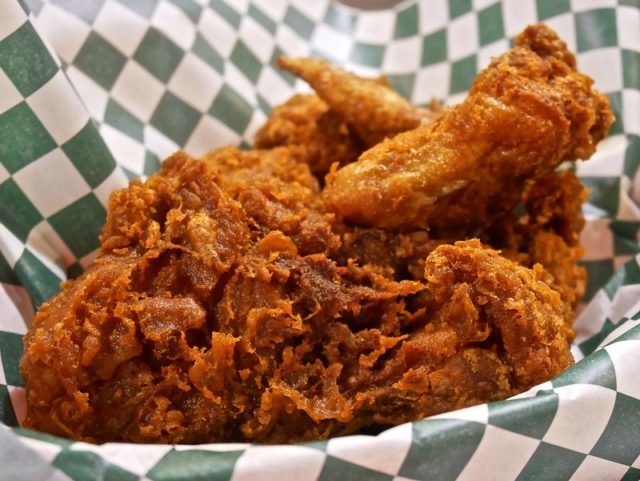
Let’s be honest: working with oil can be intimidating, but some foods taste better when fried.
Think of tender interiors and browned surfaces.
Frying in the Casserole Dish: How To?
Frying at home is relatively easy as long as you have the right tools and know-how to do it. Often, a good recipe will state the kind of equipment you need to use and how to use it. Enter: Casserole dish.
Every kitchen needs a casserole dish. They are perfect for a tender roast, lasagna, or enchiladas. And to add icing to the cake, they can be used on the table for an attractive display.
Picking the Best Casserole Dish
Specific Needs
When it comes to choosing a casserole dish, your needs determine what you go for. For example, if you are looking for versatile cookware that you can use in the oven or the stovetop, a Cast Iron Casserole Dish with a lid should be your priority.
Budget
You need to think about your budget when buying a casserole dish. If you are looking for a good investment, cast iron casserole dishes last for decades and are worth the money. They can be used in the oven, on a stovetop, and perfect for oven-to-table ware. It distributes heat evenly, and the enamel prevents rusting.
Size and Shape
Consider the size of the casserole; basically, a larger dish is better. Pot roast and stews need space to allow air circulation.
How to Fry in a Casserole Dish
Once in a while, we all think of trying some tasty fried food, from cheesy jalapeno popper to juicy, moist, and light falafel to crispy golden-brown chicken wings.
But deep-frying can be challenging and leaves a margin of error. With a volatile pot of hot oil that tends to spatter everywhere, you are likely to be hit by some hot oil at some point.
While you can fry using any pot, having the right equipment will offer you great results. A cast iron casserole dish is a favorite tool for frying. It conducts heat evenly and retains heat throughout the frying process.
Also, to ensure that you are frying at the right temperature, you need a clip-on thermometer. But don’t worry if you don’t have a thermometer; you can use a wooden spoon, oil that is ready for frying bubbles at the stick end of the spoon. Other ways? Hurl a pinch of flour into the hot oil; if it sizzles, it’s ready; if it browns abruptly, too hot.
Now, with the right equipment, you need to practice good techniques to achieve perfect fried treats.
Controlling the Heat
You need to get your temperature just right when frying. You need to preheat your oil in the casserole dish to about 325 to 375 degrees for about 5 to 10 minutes. During cooking, maintain it at about 250 degrees to 325 degrees. Hot oil (but not too hot)ensures crispy golden soggy-free results.
Smoking oil means that it is too hot. You need to remove the dish from the heat carefully to avoid the food from having a rancid flavor.
Using a slotted spoon, carefully place food into the oil to avoid splashing oil everywhere.
Prevent Crowding
Fry in small batches to prevent temperatures from dropping. Add just enough food to the oil and ensure it can float around. Crowding causes a drop in temperature, which results in stuck-together food that is less crispy.
Once you are done with your first batch, use a slotted spoon to remove bits of food left in the oil. Heat up the oil to 350 degrees before adding another batch.
Draining Properly
Leave the food in the oil until it is golden brown. Scoop the food with a spider or tongs, drain it in a paper towel-lined plate, or place it on a rack over a sheet pan. Placing the food on a cooling rack keeps it crisper compared to paper towels. Season your food immediately.
Cleaning the Oil When Done
Let the oil cool down to room temperature when you are done frying. You can strain it with cheesecloth and store it in a container or gelatin-clarify it. This oil can be reused in frying a few times. Add some fresh oil each time to extend its life.
Dispose of the oil when it becomes brown or dark and foamy.
Choosing the Right Oil
When frying, go for oils that have a high smoking point-the temperature it takes for the oil to start breaking down and smoke. You don’t want it to smoke.
Use canola oil, safflower oil, vegetable oil, peanut oil, or sunflower oil. Avoid shortening, butter, and hard stick margarine; they have a low smoking point. Also, these oils are not healthy since they contain saturated fat.
Also, avoid any unrefined oils; they simply have a low smoke point.





















